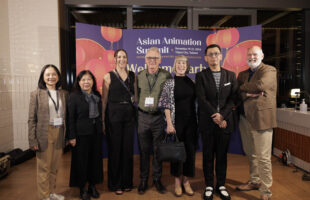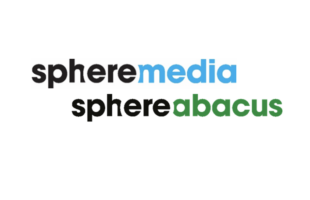Singapore – The accelerating digital revolution and Singapore’s changing social and artistic landscape necessitate a mindset change on the key question of who should be primarily responsible for the regulation of media content. In the new media environment, with ever-increasing content streaming through the largely unregulated Internet, existing gate-keeping methods of media regulation will become less effective. Responsibility must shift further over time towards a tripartite collaboration of government, industry and community, with the populace empowered with relevant skills and tools to enhance their ability to make more informed media choices, for themselves and for their children. These were among the key observations of the Censorship Review Committee (CRC) 2010, which released its report last week. Led by Goh Yew Lin, Managing Director of GK Goh Holdings Ltd and Chairman of the Yong Siew Toh Conservatory of Music, the 17-member Censorship Review Committee (CRC) was appointed in September 2009 by the Acting Minister for Information, Communications and the Arts (MICA) to conduct a mid-term review of issues across the spectrum of broadcast media, films, videos, video games, publications, new media and the arts. The CRC spent nearly a year reviewing the existing regulatory framework; interacting with the public, industry, media and arts practitioners to understand their views and concerns; and undertaking a public survey on key issues. The feedback showed, overall, that a significant majority of Singaporeans is satisfied with current content guidelines, and that there is a broad desire to protect the young from unsuitable content, and to respect racial and religious sensitivities. There have also been calls for greater freedom of artistic expression and creativity, and for the elimination of censorship. Taking note of the various viewpoints, the CRC has proposed about 80 key principles and recommendations hinged on the following five main themes: Greater freedom must be allied with a greater acceptance of responsibility, both on the part of artists and media industry players, and on the part of parents; A hitherto mostly top-down regulatory structure must evolve towards more open engagement involving a tripartite collaboration among regulators, industry and the community; Co-regulation, by which regulatory responsibility is shared with industry players, should be encouraged wherever appropriate; Parents must be empowered with sufficient information and simple tools to guide their children’s exposure to content, supported by a systematic programme in schools to increase resilience against the negative aspects of media proliferation; The present under-resourcing of media regulation needs to be addressed, and efforts already underway to improve regulatory transparency and public involvement should be accelerated.
Ad – Before Content
Related Articles
FIFTH SEASON inks strategic partnership with Front Street Pictures for TV movies slates
Taiwan Hosts Asian Animation Summit for the First Time Bringing Together Major Buyers Netflix and Warner Bros.
Sphere Abacus appoints Toby McCathie as Finance Director
Hello, Love, Again becomes 1st Filipino film to hit 1 Billion Pesos in World Wide Box Office
Banijay Rights Signs Premium Scripted and Factual Package Deal with ABC in Australia
yes Studios to represent thrilling new Icelandic drama HAZE







